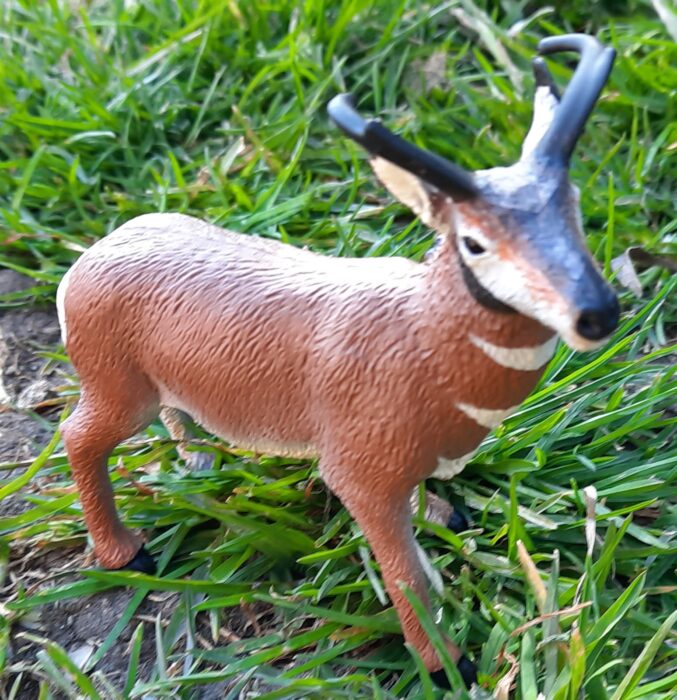Parallel evolution has produced some interesting creatures. Antelopes in the “Old World” mix speed and antlers in order to keep themselves safe, and this combination can be seen in the pronghorns (Antilocapra americana). An impressive set of antlers is matched with an even more incredible land speed, keeping them safe from predators, ancient and modern.
Brand: Safari Ltd.
Beaver (Wild Safari North American Wildlife by Safari Ltd.)

Review and images by Suspsy; edited by bmathison1972
No animal is more associated with Canada than the beaver (Castor canadensis). Many First Nations tribes from the Haida to the Cree to the Mi‘kmaq include it in their legends, usually emphasizing the animal’s industrious nature. Moreover, the fur trade, which began in the 16th century and upon which the entire nation was built, was based primarily on beaver pelts.
Green Sea Turtle, 1996 (Wild Safari Sealife by Safari Ltd.)
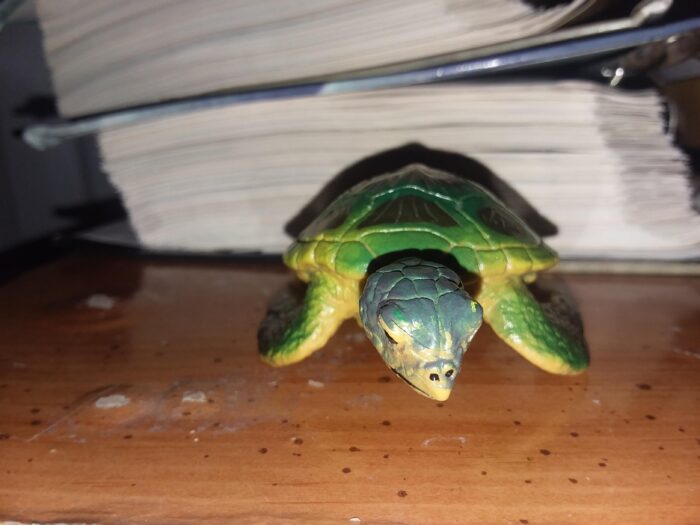
Bigfoot (Mythical Creatures by Safari Ltd.)

Review and images by Suspsy; edited by bmathison1972
The Sasquatch (Megapodapithecus krantzi), more popularly known as Bigfoot, is one of only two apes (the other being Homo sapiens) known to inhabit the North American continent. It is also one of the world’s largest primates, with adult males regularly growing to well over two metres in height and 227 kg (500 lbs) in weight.
Sand Tiger Shark (Wild Safari Sealife by Safari Ltd.)

Review and images by JimoAi; edited by bmathison1972
Animals with misleading names are baffling and humorous at the same time. There is the great white shark, which is about 80% gray, the bearcat, which is neither a bear nor a cat, A red panda isn’t a panda, a horny toad isn’t a toad, the list goes on.
Dolphins TOOB (Safari Ltd.)
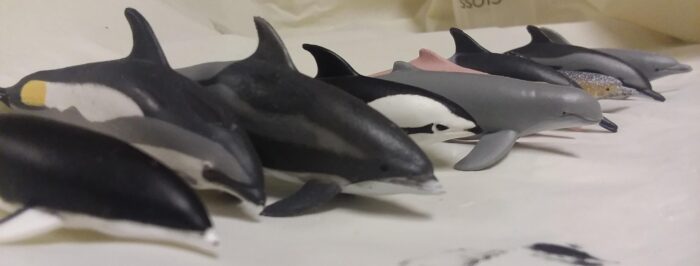
American Bullfrog (Incredible Creatures by Safari Ltd.)
Sea Otter, pair (Monterey Bay Aquarium by Safari Ltd.)

Reef Squid (Incredible Creatures by Safari Ltd.)

The reef squid, also known as the Caribbean reef squid (Sepioteuthis sepioidea) is a small member of the Loliginidae (pencil squid) family. At first, it might seem like a somewhat random addition to Safari’s Incredible Creatures line, just one out of over 300 squid species and with nothing particularly remarkable about it.
Thresher Shark (Wild Safari Sea Life by Safari Ltd.)
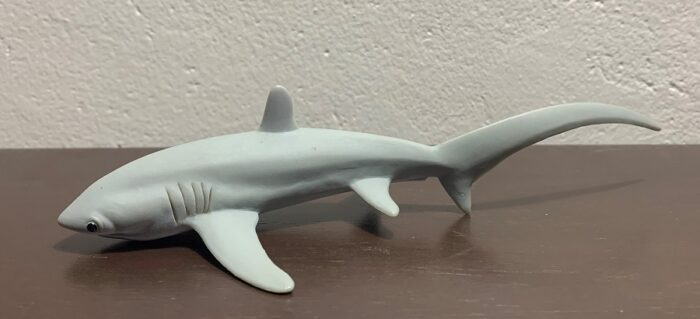
The sharks of the genus Alopias, within the family Alopiidae, are among the oddest and most recognizable sharks. Commonly known as the thresher sharks there are 3 extant species: the pelagic, common, and bigeye thresher. Their exceptionally long tail has long been the stuff of myth and speculation.
Life Cycle of an Earthworm (Safariology by Safari Ltd.)
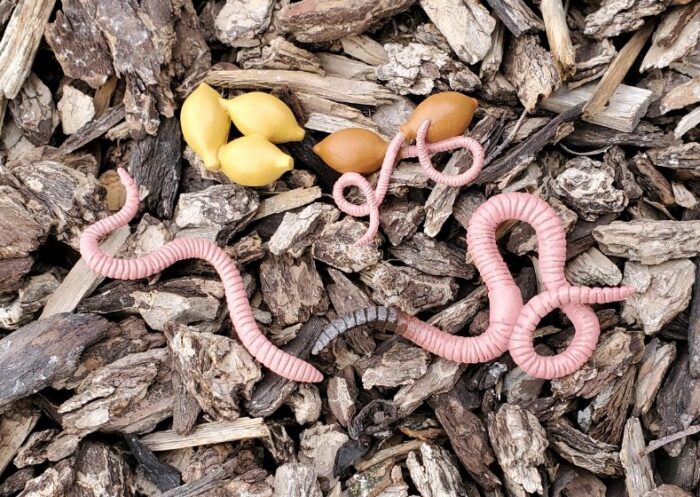
Earthworms! Everyone is familiar with them in some capacity, whether they represent those vermiform creatures that come out onto the sidewalk after a rain storm, to your favorite bait used for fishing, to your garden partners in the compost heap, to the snack you see the robin plucking from the ground!
Blue Shark (Monterey Bay Aquarium Collection by Safari Ltd.)
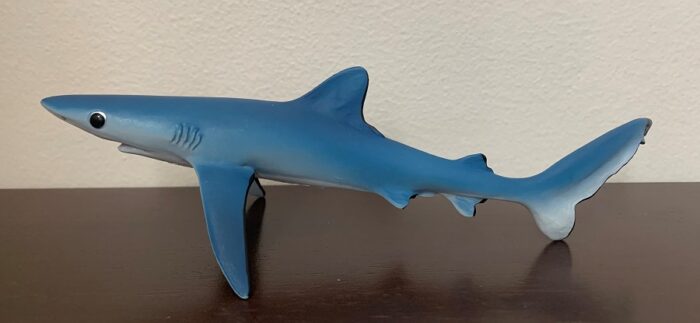
Sharks are, generally speaking, the living embodiment of efficiency and elegance. Most of this is owed to the sleek, aerodynamic body plan possessed by the majority of shark species, but one shark takes these classic shark attributes to the next level. The blue shark (Prionace glauca) has refined the efficiency and elegance of sharks like no other, with its long, trim, lithe body.

